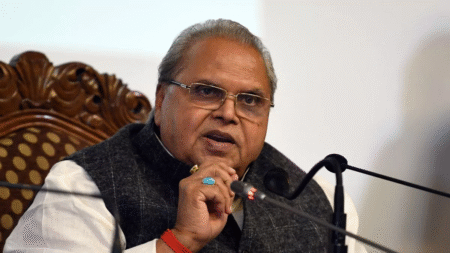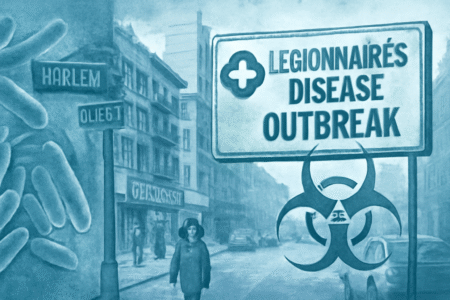Tesla’s CEO, Elon Musk, is set to reveal the company’s highly anticipated tesla robotaxis as part of his ambitious plans to revolutionize transportation through autonomous electric vehicles. With fanfare surrounding the event, this marks a key moment in Musk’s vision of achieving full self-driving (FSD) technology for mass deployment.

Tesla aims to be at the forefront of this technological breakthrough with robotaxis designed to operate without human drivers, reducing transportation costs and minimizing traffic congestion.
The Promise of tesla robotaxis
Musk has long touted robotaxis as a transformative innovation for the transportation sector. These autonomous vehicles, powered by Tesla’s advanced FSD software, are expected to offer ride-hailing services at a fraction of the cost compared to traditional taxis or ride-sharing apps like Uber and Lyft. This could potentially disrupt multiple industries and reshape the way people think about mobility.
Robotaxis would also promote sustainable transportation by contributing to Tesla’s larger goal of reducing carbon emissions through the widespread adoption of electric vehicles (EVs). The vehicles will be fully electric and designed to navigate urban environments safely using sophisticated artificial intelligence (AI).
Overcoming Technical Hurdles
While Tesla’s vision for robotaxis is ambitious, the rollout of fully autonomous vehicles has been met with skepticism, both from the public and industry experts. Despite Musk’s aggressive timelines, there are significant technical and regulatory challenges to be overcome before Tesla’s robotaxi fleet can operate without human supervision.
One of the main hurdles is achieving a truly “Level 5” autonomous system, where the car can drive without any human intervention in all scenarios. Tesla’s current FSD system, though advanced, still requires drivers to remain alert and take control in certain situations. Regulators and safety advocates have voiced concerns over whether Tesla’s software is robust enough to handle complex driving conditions.
Regulatory and Safety Concerns
The regulatory landscape for autonomous vehicles remains murky, particularly in the U.S., where Tesla is headquartered. Government bodies such as the National Highway Traffic Safety Administration (NHTSA) are scrutinizing autonomous vehicle technology to ensure it meets stringent safety standards. The NHTSA has previously launched investigations into crashes involving Tesla vehicles where drivers were using autopilot features.
For robotaxis to become mainstream, Tesla will need to navigate these regulatory concerns and address safety issues thoroughly. The company must demonstrate that its autonomous systems are capable of handling a variety of driving environments, from dense urban traffic to rural roads, without causing accidents or putting pedestrians at risk.
Skepticism from Industry Experts
Musk’s bold claims about Tesla’s progress toward autonomous vehicles have drawn skepticism from industry experts who argue that the timeline for deploying robotaxis is overly optimistic. While Tesla’s FSD software has made significant strides, experts believe that achieving Level 5 autonomy is still years away.
Many experts point to the complexity of developing AI systems that can mimic human decision-making in unpredictable driving scenarios, such as navigating through construction zones or responding to sudden weather changes. The potential for robotaxis to drive safely and reliably in all environments, without human input, remains a significant technological challenge.
Tesla’s Competitive Edge
Despite the skepticism, Tesla has several advantages over competitors in the race toward full autonomy. Its vertically integrated approach, where Tesla develops both the hardware and software for its vehicles in-house, allows the company to iterate on its designs quickly and improve the performance of its autonomous systems over time.
Robotaxi pic.twitter.com/zVJ9v9yXNr
— Tesla (@Tesla) October 11, 2024
Moreover, Tesla has access to vast amounts of driving data collected from its existing fleet of vehicles equipped with autopilot and FSD systems. This data is crucial for training AI models to recognize and respond to real-world driving scenarios more effectively.
Public Perception and Market Implications
Public perception will play a key role in determining the success of Tesla’s robotaxis. While early adopters of Tesla’s FSD software have praised its capabilities, there have also been instances where drivers have expressed frustration with the system’s limitations.
Also Read : UBS Raises Meta Platforms Price Target to $690 Amid Growing Optimism on AI and Advertising
Convincing consumers to trust fully autonomous vehicles, especially when they are used for commercial ride-hailing services, will require Tesla to demonstrate that its robotaxis are safe, reliable, and user-friendly. If Tesla can overcome these challenges, the market potential for robotaxis is vast, with billions of dollars at stake in the growing autonomous vehicle market.
Conclusion
Elon Musk’s upcoming unveiling of Tesla’s robotaxis is a pivotal moment in the company’s efforts to lead the autonomous vehicle revolution. While technical and regulatory challenges remain, the potential benefits of robotaxis—reduced transportation costs, decreased traffic congestion, and lower carbon emissions—make this a highly anticipated development.
As Tesla continues to refine its FSD software and push the boundaries of autonomous driving, the world watches closely to see if Musk’s vision for a driverless future can be fully realized.
FAQs
- What are Tesla robotaxis?
Tesla robotaxis are autonomous electric vehicles designed to offer ride-hailing services without the need for human drivers, utilizing Tesla’s Full Self-Driving (FSD) technology. - What is Full Self-Driving (FSD) technology?
FSD is Tesla’s proprietary autonomous driving software that allows cars to drive themselves in various conditions. However, it currently still requires human supervision in some scenarios. - When will Tesla robotaxis be available?
While Musk has been optimistic about an imminent release, experts suggest that achieving fully autonomous Level 5 robotaxis could still be years away due to technological and regulatory challenges. - What are the benefits of Tesla robotaxis?
Robotaxis are expected to reduce transportation costs, minimize traffic congestion, and promote sustainable, electric-powered transportation. - What are the challenges facing Tesla robotaxis?
Tesla must address both technical challenges in achieving full autonomy and regulatory concerns over the safety of its autonomous systems. - How does Tesla’s approach differ from competitors?
Tesla’s vertically integrated approach, where it develops both the hardware and software for its vehicles, gives the company a competitive edge in iterating and improving its autonomous driving systems.
- How to Stay Healthy During Flu Essential Tips for Every Family
- Satyapal Malik Death on 5 Aug 2025: Political Legacy That Shaped Indian Public Life
- Growing Legionnaires’ Disease Outbreak in NYC’s Harlem Claims Two Lives, Sickens Over 58
- Non-Alcoholic Drink Beer: fresh Alternative with a Unique Appeal
- Meet the Harley-Davidson X440: The Ultimate Desi Roadster
- OnePlus Pad 3: The Android Tablet That Wants Your Laptop’s Job













